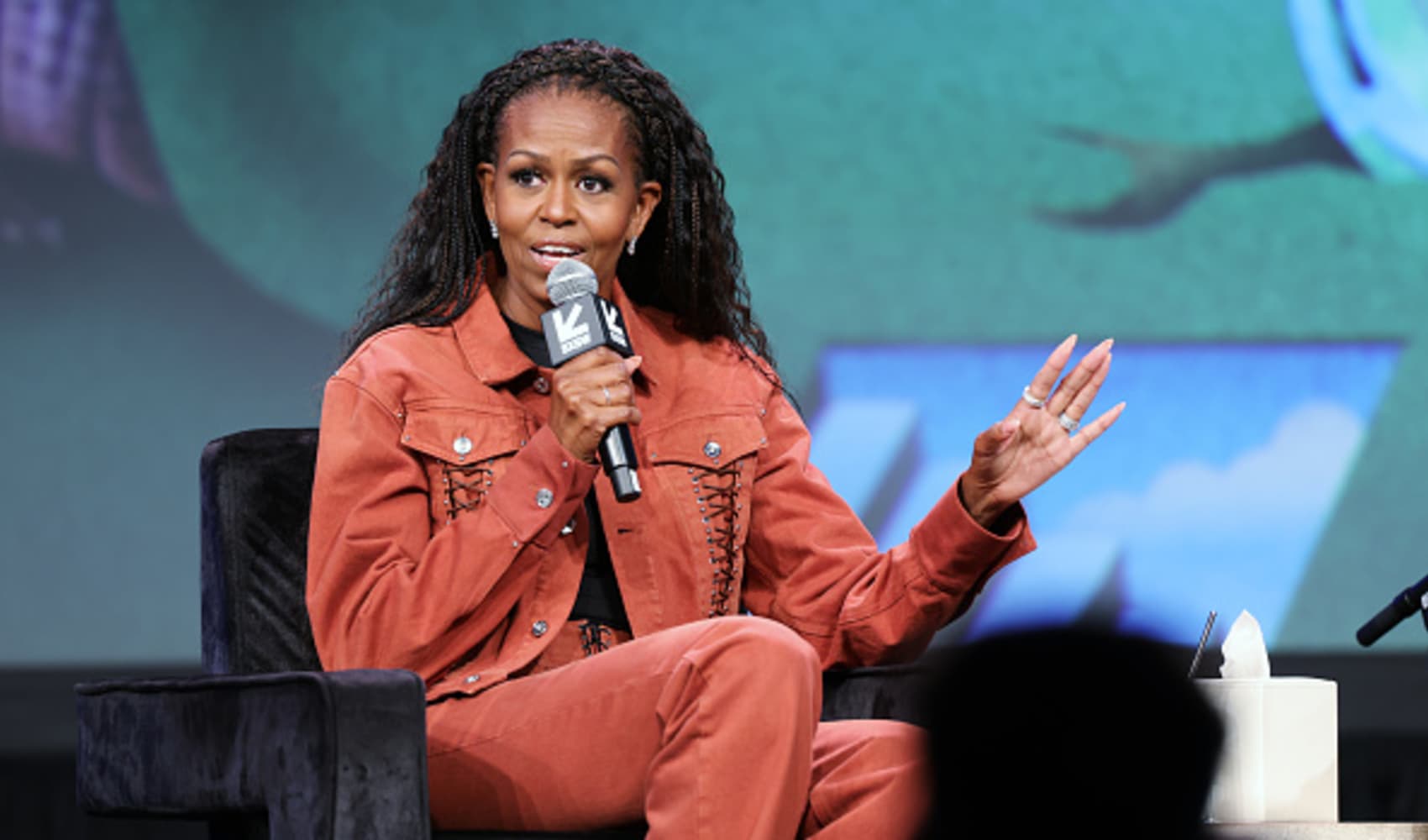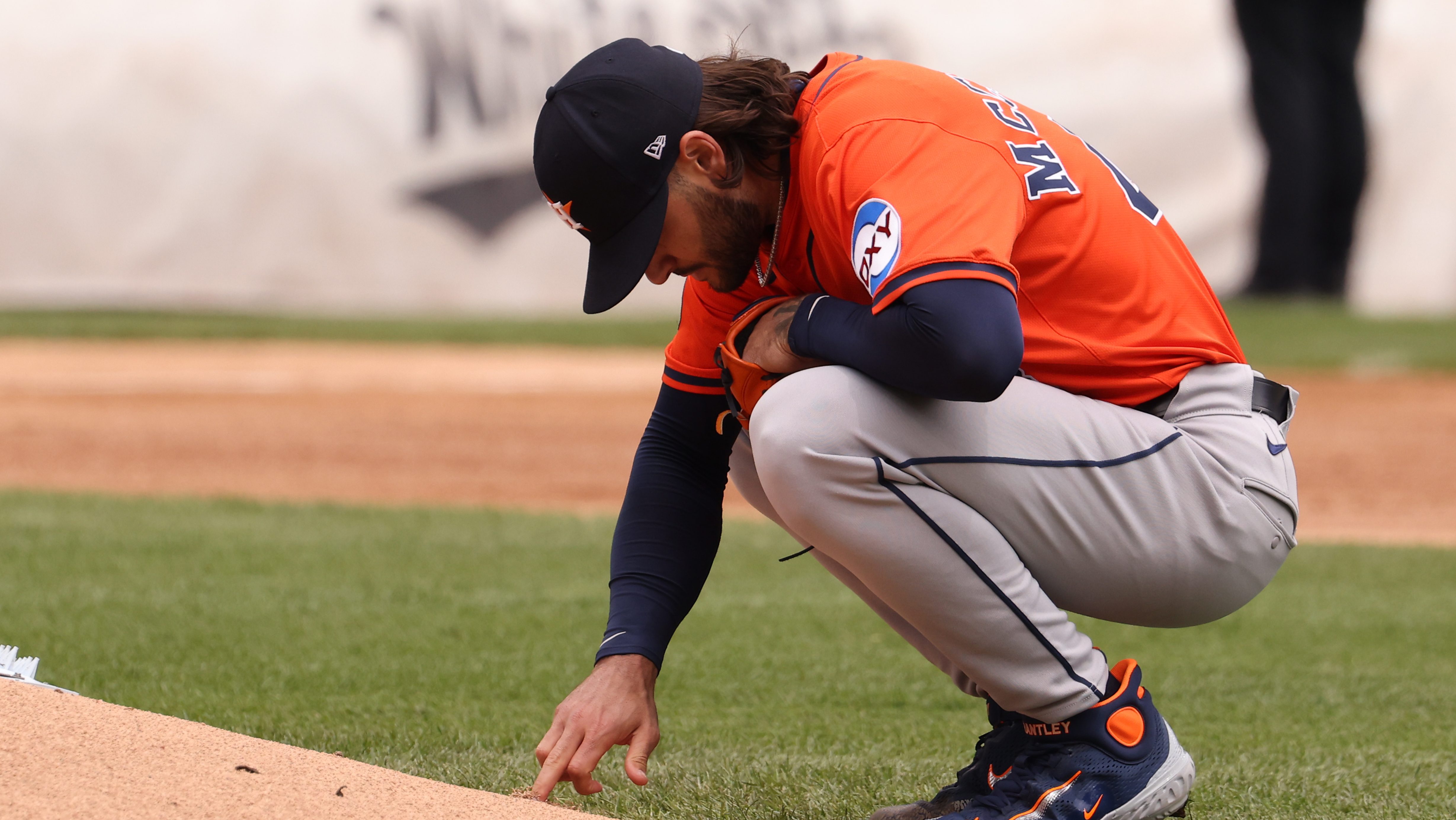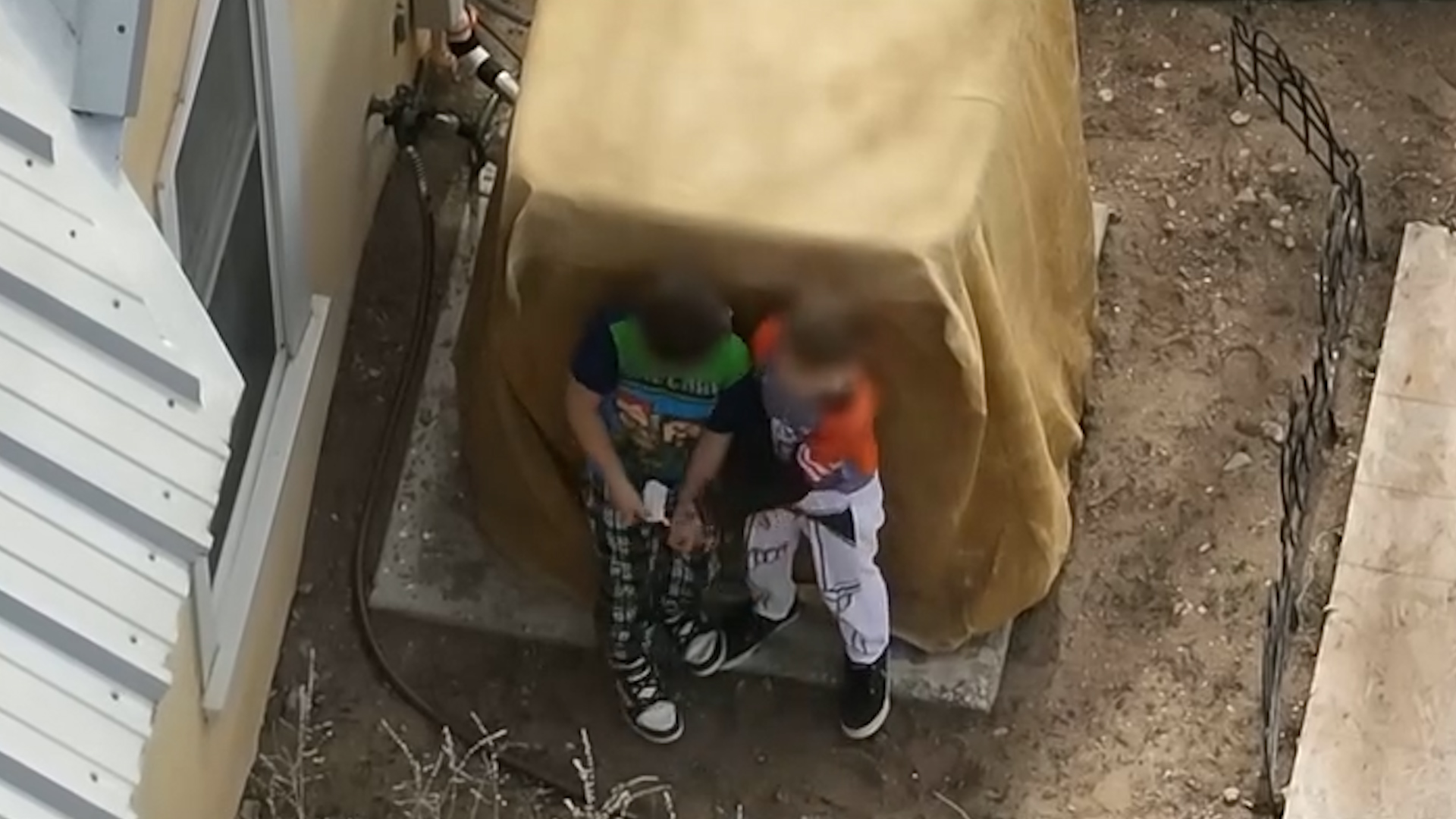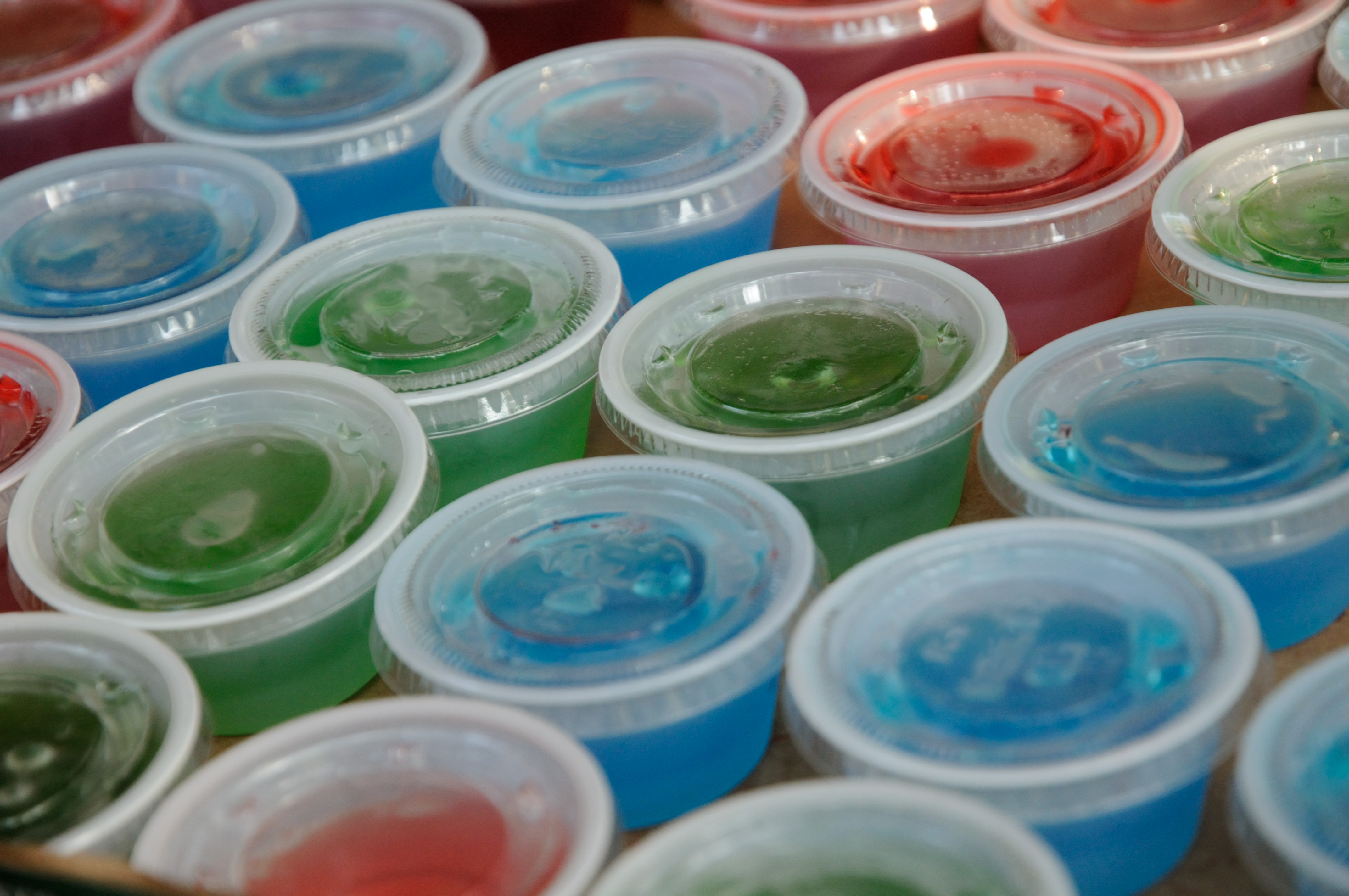Michelle Obama's Parenting: Teach Kids to Solve Problems!
Michelle Obama's Genius Parenting Hack: Solve Your Own Problems!
The Obama Family Secret: Conflict Resolution 101
Ever wonder how Michelle and Barack Obama raised such grounded and successful daughters? Well, the former First Lady recently dropped a major hint on her podcast, "IMO," co-hosted with her brother, Craig Robinson. Her secret weapon? A brilliantly hands-off approach to sibling squabbles. No refereeing, no blaming, just pure, unadulterated "figure it out yourself" energy. Let's dive into the details!
"If I Don't Know Who Was Wrong..."
Michelle Obama, now 61, revealed her go-to line when Malia and Sasha were bickering: "I love you both, and if I don't know who was wrong, don't ask me to get in it." Simple, right? But profoundly effective. It's like saying, "I trust you to handle this. You're capable." This approach fostered independence and problem-solving skills in her daughters from a young age.
The Nuclear Option: Parental Involvement = Total Lockdown
But what happened if Michelle *did* get involved? Prepare for the consequences! "I don't want to play favorites," she explained. "I'm not sure who's telling the truth. So, if I'm involved... play is shut down, doors closed, computers off, it's over." Talk about a deterrent! This wasn't about punishment; it was about creating an environment where self-resolution was far more appealing than parental intervention.
Why This Works: The Psychology Behind the Hands-Off Approach
So, why is this parenting philosophy so effective? It boils down to a few key psychological principles:
Encouraging Independence
By refusing to constantly mediate, Michelle empowered Malia and Sasha to become independent thinkers and problem solvers. They learned to navigate disagreements on their own, fostering a sense of self-reliance that has undoubtedly served them well in adulthood.
Developing Empathy and Communication Skills
When forced to resolve conflicts themselves, children learn to understand each other's perspectives and communicate their own needs effectively. They develop empathy, negotiation skills, and the ability to compromise – all essential life skills.
Promoting Responsibility and Accountability
Knowing that parental intervention meant losing privileges, Malia and Sasha were incentivized to take responsibility for their actions and hold each other accountable. This fostered a sense of fairness and mutual respect within their relationship.
Beyond Sibling Rivalry: Applying This Philosophy to Other Areas
This hands-off approach isn't just for squabbling siblings. It can be applied to other areas of a child's life as well:
Schoolyard Conflicts
Encourage your child to try resolving conflicts with classmates before involving teachers or parents. Help them brainstorm solutions and practice assertive communication techniques.
Friendship Issues
Resist the urge to intervene in every friendship drama. Instead, guide your child to express their feelings, set boundaries, and make informed decisions about their relationships.
Personal Challenges
When your child faces a difficult situation, resist the temptation to swoop in and fix it for them. Offer support and guidance, but allow them to work through the problem independently, fostering resilience and problem-solving skills.
The Pitfalls to Avoid: When Hands-Off Becomes Neglectful
Of course, there's a fine line between empowering independence and neglecting your child's needs. It's crucial to distinguish between minor squabbles and situations that require parental intervention. Here are some red flags to watch out for:
Bullying or Abuse
If your child is being bullied, abused, or subjected to any form of violence, immediate intervention is necessary. This is not a situation for a hands-off approach.
Persistent or Escalating Conflicts
If conflicts are becoming increasingly frequent, intense, or causing significant emotional distress, it's important to step in and provide support. Consider seeking professional help if needed.
Signs of Emotional Distress
If your child is exhibiting signs of anxiety, depression, or other emotional difficulties, it's crucial to provide support and seek professional help if needed. These are not situations to ignore.
Alternative Approaches to Conflict Resolution
While Michelle Obama's hands-off approach worked well for her family, it's not the only way to handle sibling conflicts. Here are some alternative strategies to consider:
Active Listening and Mediation
Listen attentively to each child's perspective, validate their feelings, and help them identify common ground. Facilitate a conversation where they can express their needs and negotiate a mutually acceptable solution.
Teaching Conflict Resolution Skills
Equip your children with the tools they need to resolve conflicts peacefully and effectively. Teach them how to communicate assertively, negotiate compromises, and manage their emotions.
Establishing Clear Rules and Expectations
Set clear rules and expectations for how siblings should treat each other. This can help prevent conflicts from arising in the first place and provide a framework for resolving disagreements when they do occur.
The Long-Term Benefits of Teaching Problem-Solving Skills
Investing in your children's problem-solving skills pays dividends in the long run. Here are just a few of the benefits:
Improved Academic Performance
Children who are able to resolve conflicts effectively are better able to focus on their studies and succeed academically.
Stronger Relationships
Effective problem-solving skills foster healthier and more fulfilling relationships with friends, family members, and romantic partners.
Increased Self-Confidence
When children are able to navigate challenges and overcome obstacles on their own, they develop a sense of self-confidence and resilience.
Beyond the Obamas: Success Stories of Independent Children
The Obama family's success story isn't unique. Countless other parents have successfully raised independent and resourceful children by encouraging them to solve their own problems. Think of the entrepreneurs who started lemonade stands, the artists who taught themselves to paint, and the activists who organized community initiatives. These are all examples of individuals who learned to take initiative and find solutions on their own.
Tips for Implementing a Hands-Off Approach
Ready to try Michelle Obama's parenting hack? Here are some tips for implementing a hands-off approach in your own home:
Start Small
Don't try to overhaul your parenting style overnight. Start by gradually reducing your involvement in minor conflicts and observing how your children respond.
Be Consistent
Consistency is key. Stick to your guns and resist the urge to intervene unless absolutely necessary.
Provide Support and Guidance
While you're encouraging independence, it's still important to provide support and guidance. Let your children know that you're there for them if they need help, but encourage them to try solving problems on their own first.
Celebrate Successes
Acknowledge and celebrate your children's successes in resolving conflicts independently. This will reinforce their confidence and encourage them to continue developing their problem-solving skills.
Remember: It's a Marathon, Not a Sprint
Raising independent and resourceful children is a long-term process. There will be setbacks and challenges along the way. But with patience, consistency, and a willingness to let go, you can empower your children to become confident, capable, and successful individuals.
Inspiring Our Kids to "Figure It Out"
Imagine a world where children are equipped with the skills and confidence to navigate challenges, resolve conflicts, and create positive change. It starts with empowering them to solve their own problems. Michelle Obama's hands-off approach is a powerful reminder that sometimes, the best thing we can do as parents is to step back and let our children figure it out for themselves. Are you ready to give it a try?
Conclusion: The Legacy of Independent Problem Solvers
Michelle Obama's parenting strategy offers invaluable insight into raising independent and resourceful children. By empowering Malia and Sasha to resolve their own conflicts, she fostered a sense of independence, empathy, and responsibility that has undoubtedly shaped their lives. While a hands-off approach may not be suitable for every situation, it's a powerful reminder of the importance of encouraging children to develop their own problem-solving skills. By stepping back and allowing our kids to "figure it out," we can equip them with the tools they need to thrive in all areas of their lives.
Frequently Asked Questions
Here are some frequently asked questions about Michelle Obama's parenting philosophy and how to implement a hands-off approach:
- What if my child is too young to solve problems independently?
Start with simple problems and gradually increase the complexity as your child develops. Even young children can participate in brainstorming solutions and expressing their feelings.
- How do I know when to intervene in a conflict?
Intervene if the conflict involves bullying, abuse, or any form of violence. Also, intervene if the conflict is escalating, causing significant emotional distress, or involving safety concerns.
- What if my child refuses to try solving problems independently?
Start by setting clear expectations and explaining the benefits of solving problems on their own. Offer support and guidance, but resist the urge to intervene unless absolutely necessary.
- How can I teach my child conflict resolution skills?
Teach your child how to communicate assertively, negotiate compromises, and manage their emotions. Role-playing and modeling positive conflict resolution behaviors can also be helpful.
- Is a hands-off approach suitable for all children?
A hands-off approach may not be suitable for all children. Consider your child's temperament, developmental stage, and individual needs when deciding how to approach conflict resolution.






